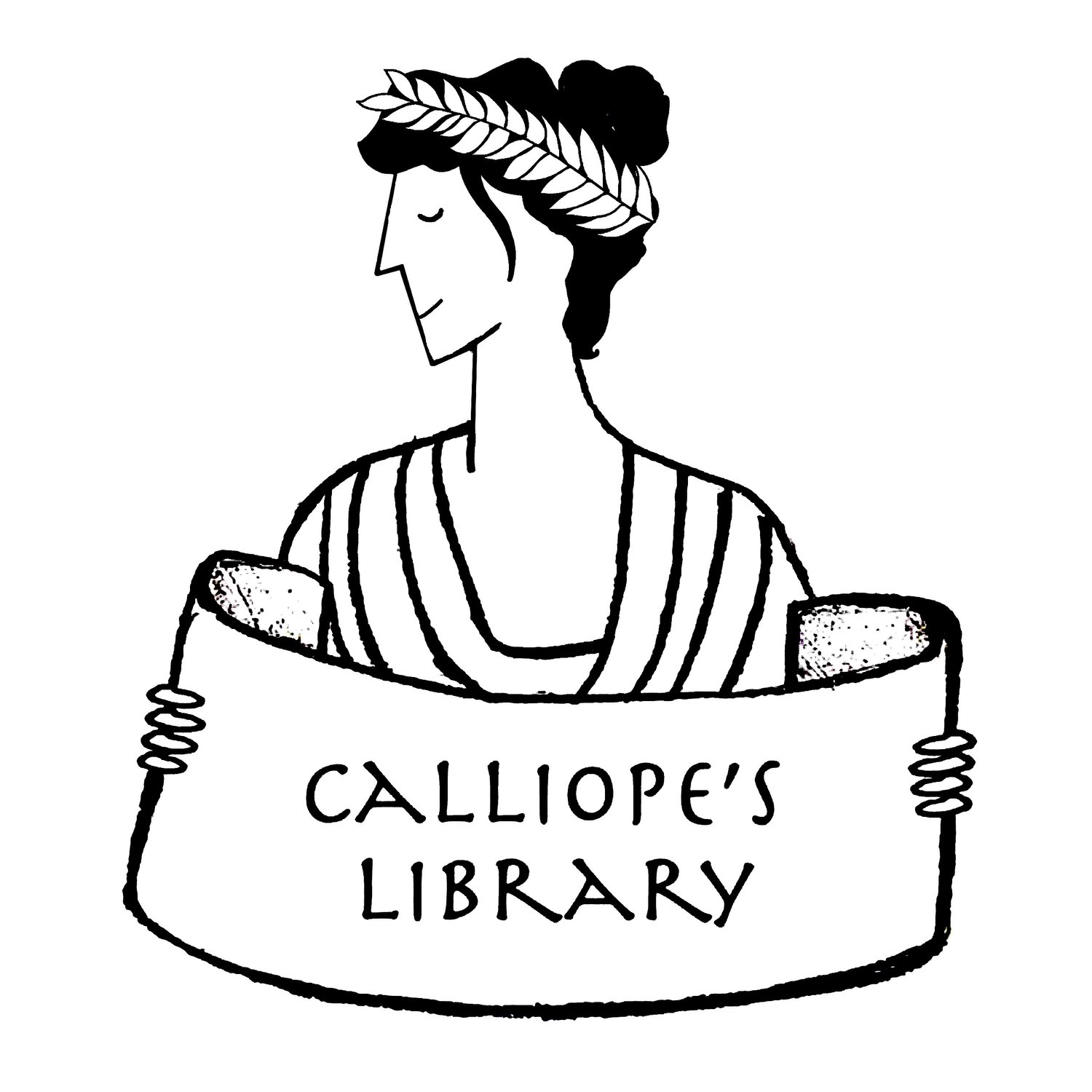Title: Inside the Walls of Troy
Author: Clemence McLaren
Date: 1996
Tags: Middle grade, Novel, Mythology, Ancient worlds, The Trojan war, Cassandra, Helen of Troy, Female lead, English
Inside the Walls of Troy retells the story of Helen of Troy and the Trojan war from the point of view of Helen herself and Cassandra, Troy’s tragic princess/prophetess who is never believed. I first read this novel when I was in middle school and found it fascinating. It’s every bit as good now, after half a lifetime studying ancient literature. Clemence McLaren really knows her mythology. There are details in this book that only a handful of experts would know. That isn’t to say that it’s a dull read. The first-person narration from McLaren’s likable leads, Helen and Cassandra, has an immediacy that makes this story’s inevitable developments painfully vivid.
The first third of the story is narrated by Helen. She is both sympathetic and complex, an innocent young girl who has little say over her fate but too much character to be a simple victim. She is sweet, intelligent, and resilient. Cassandra takes over the narrative once Helen elopes with Paris. Her voice is much sharper than Helen’s, adding some spice into the mix. Her foresight gives her too much perspective to cherish any illusions about her family, the war, or her own prospects. In spite of their differences and the looming conflict, she and Helen develop a deep rapport. Surprisingly, the other Trojan women have important roles to play in the unfolding story. Polyxena in particular brings some unexpected and welcome acid to the banquet of this retelling of the Troy tale. Altogether, the women of Inside the Walls of Troy are a fascinating ensemble. They are an excellent example of how to write strong, well-rounded female characters without ever once having them swing a sword.
Despite the difficult subject matter, this retelling is suitable for its intended audience. McLaren makes the devastation and trauma of war clear, but she expresses it through the grief that the women of Troy feel, not through any graphic descriptions of violence. The story ends just before the fall of Troy, and the characters’ fates are described in an Afterword. – Krishni Burns


